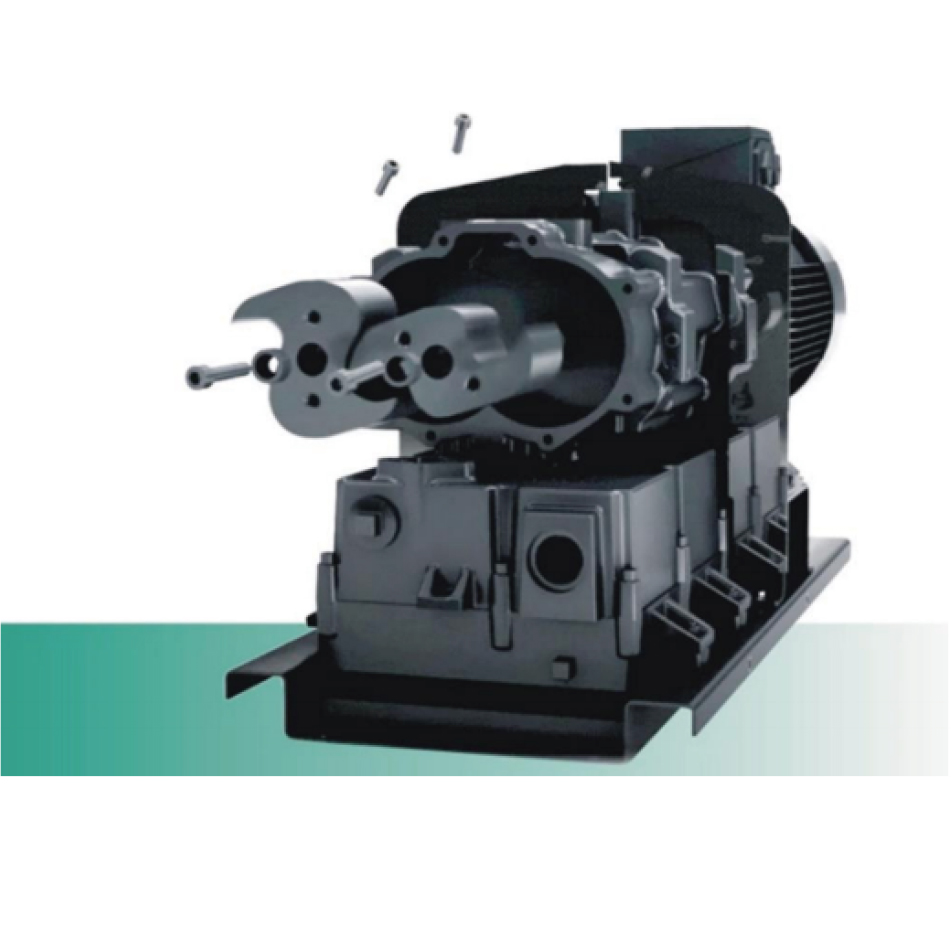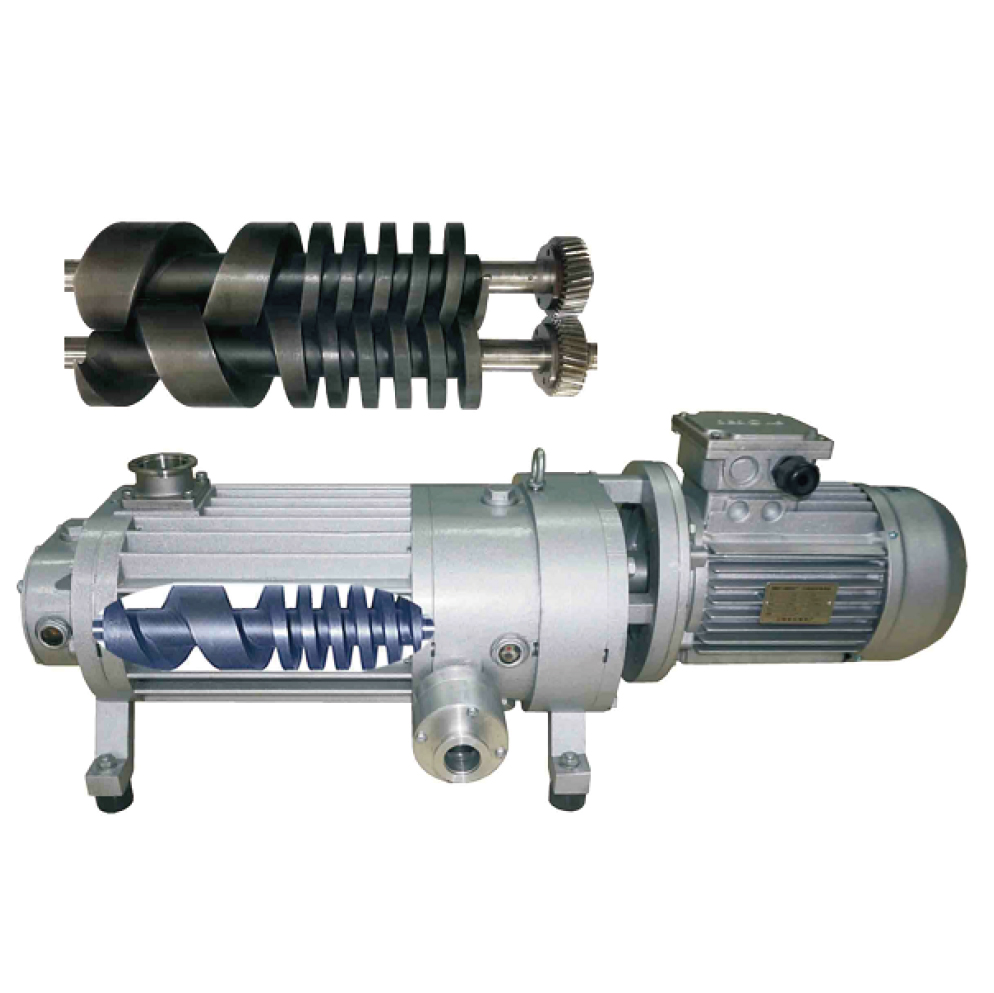 Industry News
Industry News "Tariff Deadline" in Countdown: Trump Opts for Direct Notifications, Axes Meeting Requires
"Tariff Deadline" in Countdown: Trump Opts for Direct Notifications, Axes Meeting Requires
2025-11-20
2025-11-20
2025-10-13
2025-08-27
2025-08-19
2025-07-30
 Current Affairs
Current Affairs
The development of vacuum technology has undergone significant transformations since the era of oil-based and piston-based vacuum pumps dominated industries like semiconductor manufacturing. These conventional systems, while effective for their time, exhibited critical limitations—such as contamination risks, high maintenance demands, and operational inefficiencies. This spurred innovation in dry vacuum pumps, which operate without lubricants or moving parts prone to wear, offering cleaner and more reliable performance.
Modern dry vacuum pumps are broadly categorized into four mechanical architectures: circular lobe, claw, compound (root-claw), and screw types. Among these, the first three predominantly utilize multi-stage compression systems, where gas undergoes sequential pressurization across multiple chambers. In contrast, screw-type pumps employ single-stage compression, subdivided into internal and external pressure mechanisms based on design variations.
A prime example of multi-stage ingenuity is the Roots-style vacuum system, which traces its roots to early engineering breakthroughs in this field. By fragmenting the compression process into discrete stages—often three independent units in advanced tri-lobe designs—these systems achieve superior gas management compared to older dual-lobe variants. However, challenges persist: maintaining tight valve seals under extreme temperature/pressure fluctuations remains critical for stability, while nitrogen purging systems (used to mitigate contamination risks) can introduce energy trade-offs. Notably, some manufacturers experiment with dual DC motor drives to reduce power consumption, though this risks torque reduction and startup complications.
Screw-type pumps exemplify dry vacuum pumps explained through simplified operational frameworks. Their single-stage design minimizes mechanical complexity, yet optimizing efficiency requires meticulous engineering of inter-stage gas pathways. Advances in materials science and fluid dynamics continue to refine these systems, balancing throughput, vacuum depth, and longevity.

In summary, the working principle of a dry vacuum pump hinges on innovative architectures that prioritize cleanliness, reliability, and adaptability. As industries demand higher precision and sustainability, ongoing R&D focuses on hybrid designs, smart controls, and energy-neutral operation—ushering in a new era for vacuum technology.